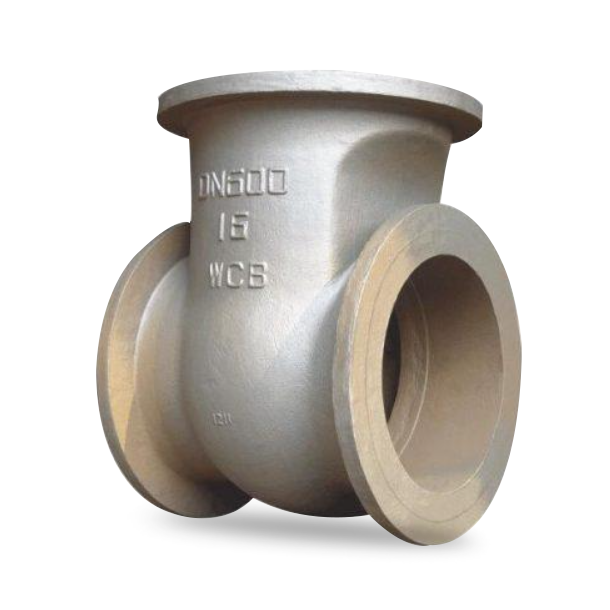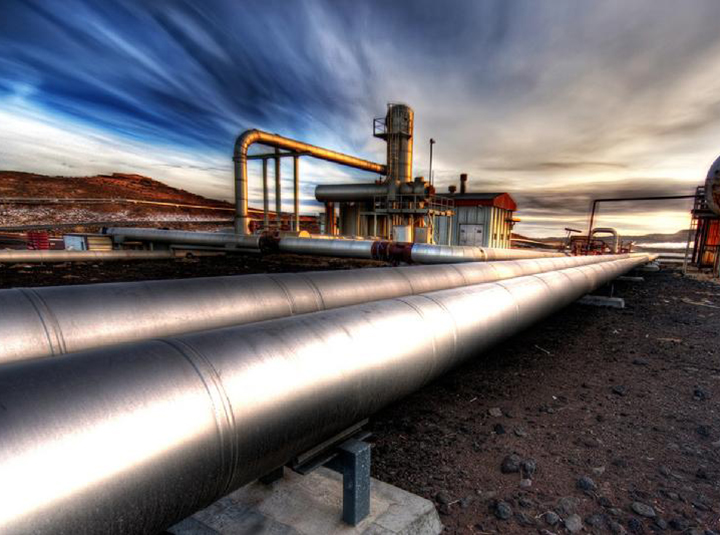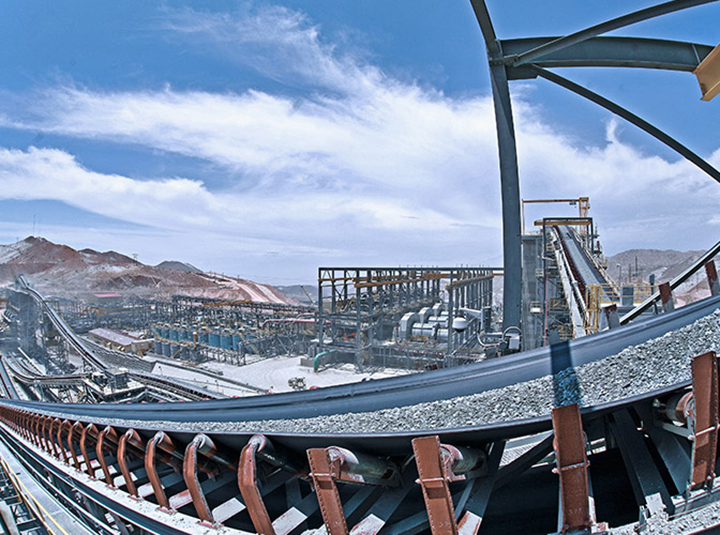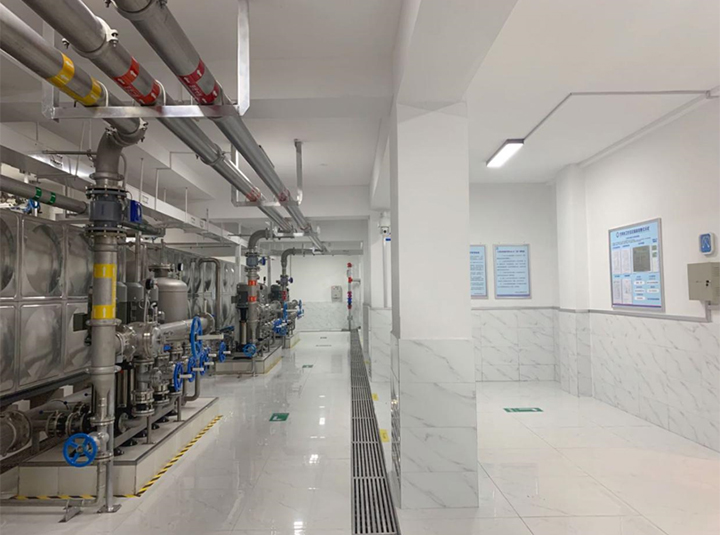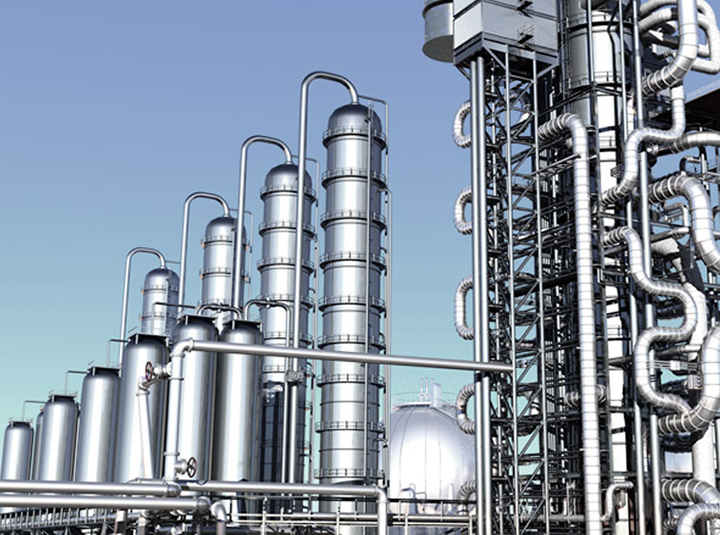
KS Cast Iron-Butterfly Valve D371X
SIZE 1 1/2
Features:
| Cast Iron-Butterfly Valve D371X | SIZE 1 1/2"-14" | PN10K |
Details list
Product Details
| Cast Iron-Butterfly Valve D371X | SIZE 1 1/2"-14" | PN10K |
Application
Butterfly valve is a commonly used valve used for liquid and gas transmission in pipelines. It is widely used in fields such as water conservancy engineering, building water supply and drainage engineering, and industrial automation control. Butterfly valves can be divided into various types based on different materials, among which cast iron butterfly valves and cast steel butterfly valves are the more common types.
The main difference between cast iron butterfly valves and cast steel butterfly valves lies in the selection of materials and performance requirements. Cast iron is a cheap material with high strength and toughness, but poor corrosion resistance and wear resistance. Cast steel is a relatively expensive material with high strength and hardness, but also poor corrosion resistance and wear resistance.
In practical applications, due to different usage environments of butterfly valves, the requirements for valve strength and stiffness are also different. In hydraulic engineering, due to the high pressure of pipelines, butterfly valves are required to have high strength and stiffness to ensure the sealing and stability of the valves. Therefore, cast steel butterfly valves are commonly used in hydraulic engineering. In the fields of building water supply and drainage engineering and industrial automation control, the pressure of pipelines is relatively low, and the requirements for the strength and stiffness of butterfly valves are also low. Therefore, cast iron butterfly valves can be used.
In addition to differences in material selection, cast iron butterfly valves and cast steel butterfly valves also differ in structure. Cast iron butterfly valves usually adopt a monolithic casting structure, while cast steel butterfly valves adopt a split casting structure. The overall cast butterfly valve structure has advantages such as high casting accuracy, smooth surface, and good sealing performance, but the manufacturing process is complex and the cost is high. The split casting butterfly valve structure has advantages such as low manufacturing cost and simple manufacturing process, but its sealing performance is not as good as the overall casting butterfly valve.
Overall, there are differences in material, structure, and performance requirements between cast iron butterfly valves and cast steel butterfly valves, and suitable butterfly valves should be selected based on specific application scenarios and requirements. In hydraulic engineering, cast steel butterfly valves have high strength and stiffness, which can ensure the sealing and stability of the valve; In the fields of building water supply and drainage engineering and industrial automation control, cast iron butterfly valves have lower costs and good sealing performance, which can meet general application requirements.
Packing & Delivery
We use wooden boxes and pallets for packaging, and the valves will be wrapped in bubble film plastic bags to ensure maximum product safety. We support sea transportation, and products can also be shipped to any port you specify.
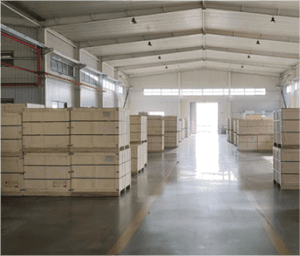 |
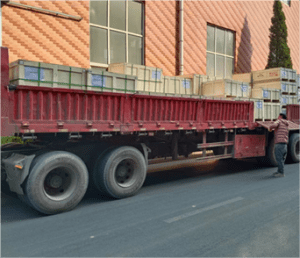 |
 |
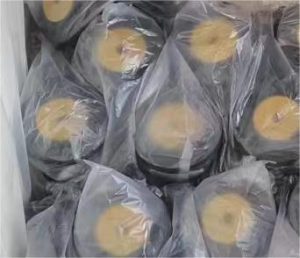 |
send message now
Advantages
-

Manufacturer
Tsunny valves focus on valves design and production.Have 7 casting lines and more than 40 workshops to control casting, machining, assembly and packing process.
-

Why us
①Factory direct sale , competitive price ②Quality guarantee – 100% testing before sale ③Fast delivery Within about 30 days of 1 to 500 pieces
-

We can do OEM
Have own independent Brand & Good at OEM production.Our products involve ANSI/API、DIN、JIS/KS、BS、NF、RUSSIA standards.



